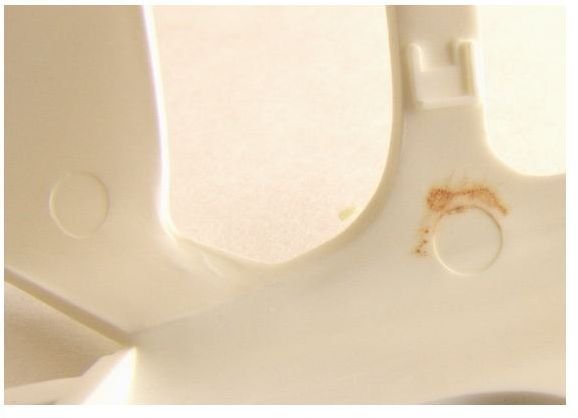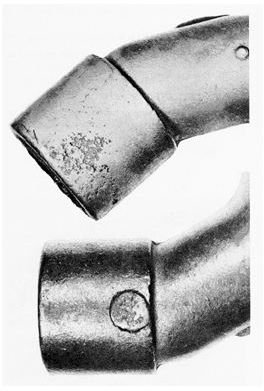Casting defects: Microstructure Defects | Pinholes And Voids | Surface Carburization | Formation Of Dendrites
Introduction
The main aim of any foundry, not considering the metal, process or form of components, is to make parts of a superior quality at an economical cost. To produce high quality items, there is a need to analyze the variety of casting defects that occur due to the complicated interactions between multiple phenomena, such as microstructure, thermal distortion, solidification, and other similar issues concerning metallurgy. Research has proposed explanation to some of the defects, and several still need more attention.
Microstructure Defects
After completion of the cooling, solidification of the liquid metal starts in the mold. Metal grains are formed in the liquid metal, and on the walls of the mold. As the liquid metal solidifies, dendrites are formed that are maintained even after the solidification of the casting. Other defects produced in the microstructure are inclusions, large voids, and pinholes in the casting due to the entrapped and soluble gases. Thermal decomposition of the mold causes entrapped gases that reach the top of the molten metal, with the solidification of the casting. Molten metal can store a large quantity of gas in solution. Therefore, a large amount of the gas, dissolved in the liquid metal during melting, pouring and filling of the mold, is expelled from the metal as it solidifies. These dissolved gases form into small gas bubbles and pinholes in the casting.
Pinholes And Voids

When the organic materials of the mold decompose with the exposure to the heat of the molten metal, entrapped gases occur on the surface. Generation of gas depends upon the quantity of resin used in the manufacture of molds and cores. Entrapped gas occurs at the sprue, runners and ingates. Therefore, precautions must be taken during pouring that the sprue is fu gas bubbles ll, and the gases do not come with the metal. If there is too much turbulence in the poured metal during flow in the gating system, then gases are flushed in the casting cavity. If the entrapped gases come to the top of the mold cavity, these should be permeated in the molding sand before the solidification of the metal around it. If the permeability is not adequate, the gases will not be able to leave the metal before solidification. Furthermore, the metal head pressure above the casting should be enough to expel the gases. The poring temperature should be suitable to permit the permeation of gases into the sand. In most casting techniques, runners and risers are employed as reservoirs for the molten metal, to ensure prevention of the voids in the castings, on their solidification. The runners and risers are elements of the casting that perform the function of a reservoir, to store the extra molten liquid to feed the mold, as the casting contracts during cooling.
Surface Carburization
When low car

bon steel is used for the casting, it promptly adsorbs it on the decomposition of some resins. The surface layer of the casting is affected to some depth, especially where the flow of metal is more. Consequently, the top layers of the casting that are in contact with the mold for a short time are less liable to be carburized. However, the lower surfaces that are continuously in contact with the mold during the cooling will be affected by carbon transfer. Molding troubles due to which these defects occur are excessive resins in the mold, insufficient venting or less permeability in the mold. Use of an inorganic binder in a reduced quantity may be helpful to prevent this defect.
Formation Of Dendrites
Large dendrites grow during the solidification of the casting that has a harmful effect on the tensile strength of the material. The defect can be minimized by analyzing the carbon contents and the pouring temperature.
